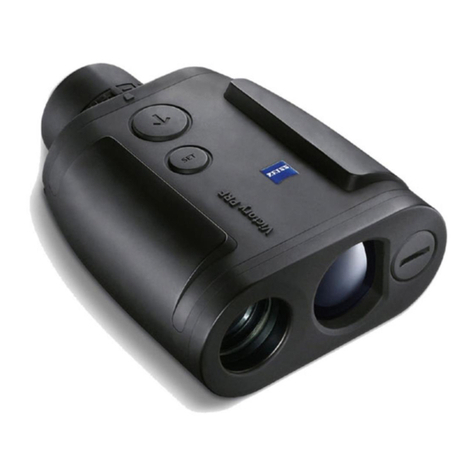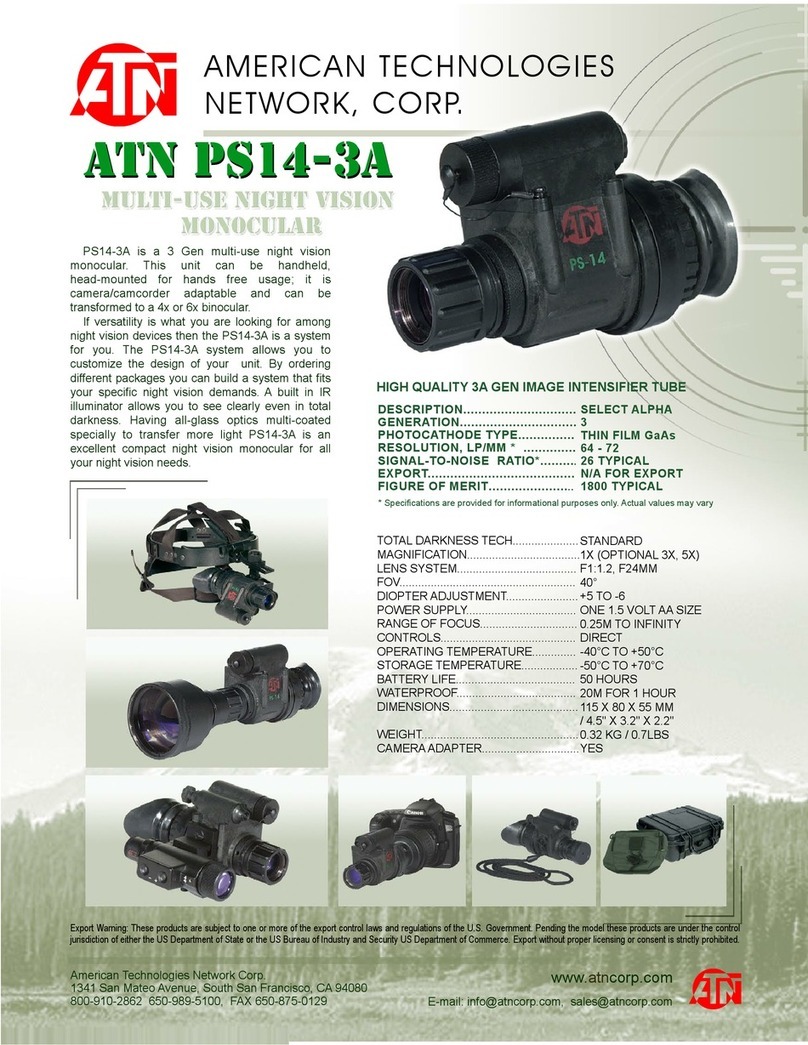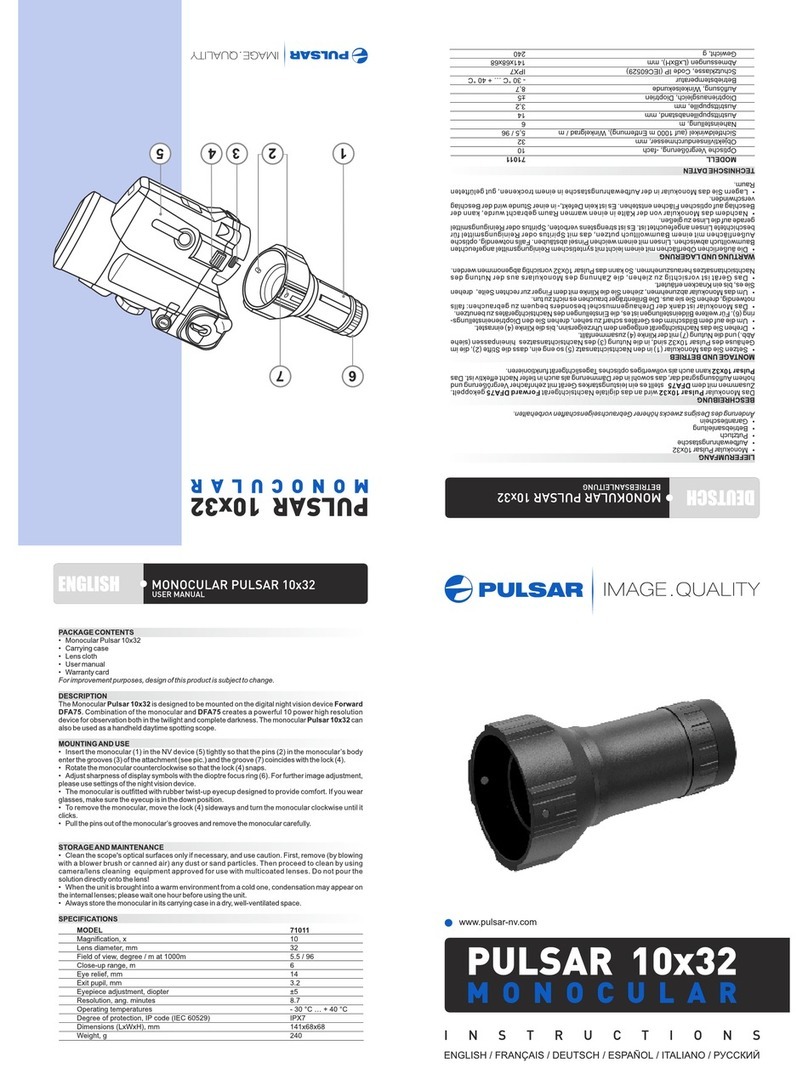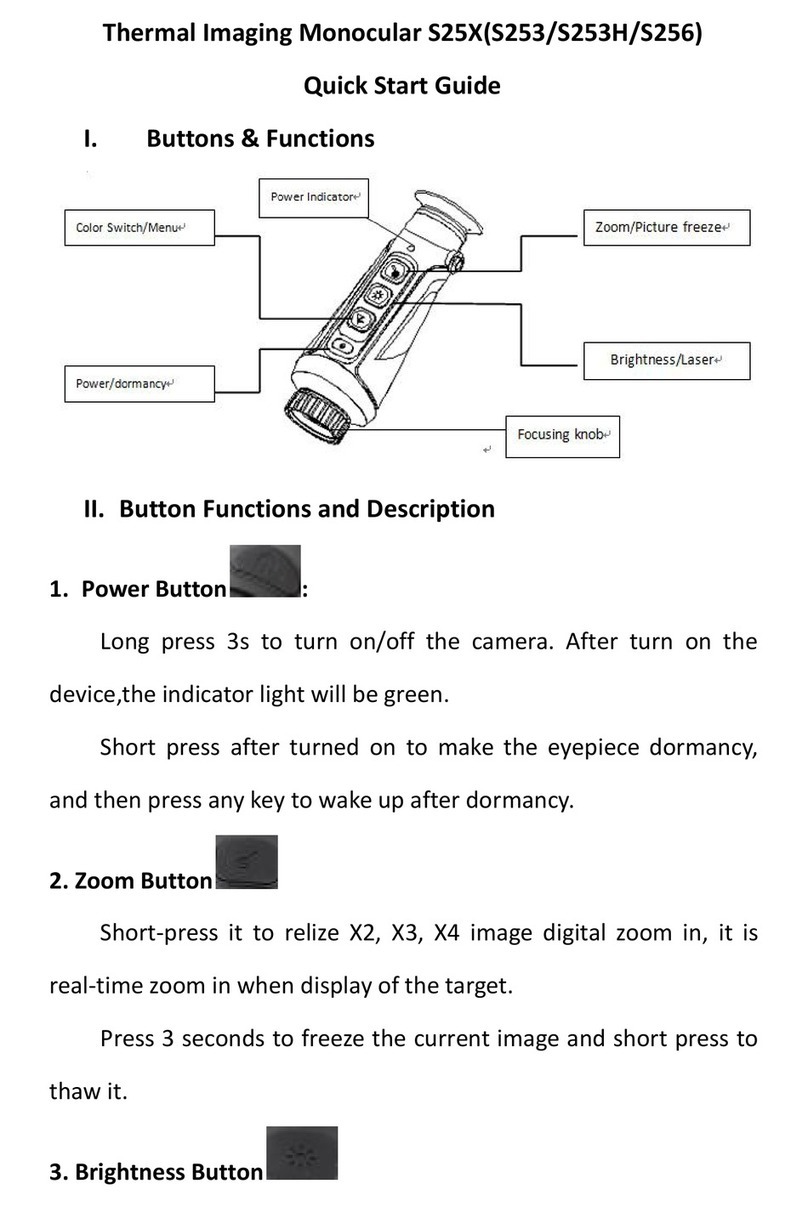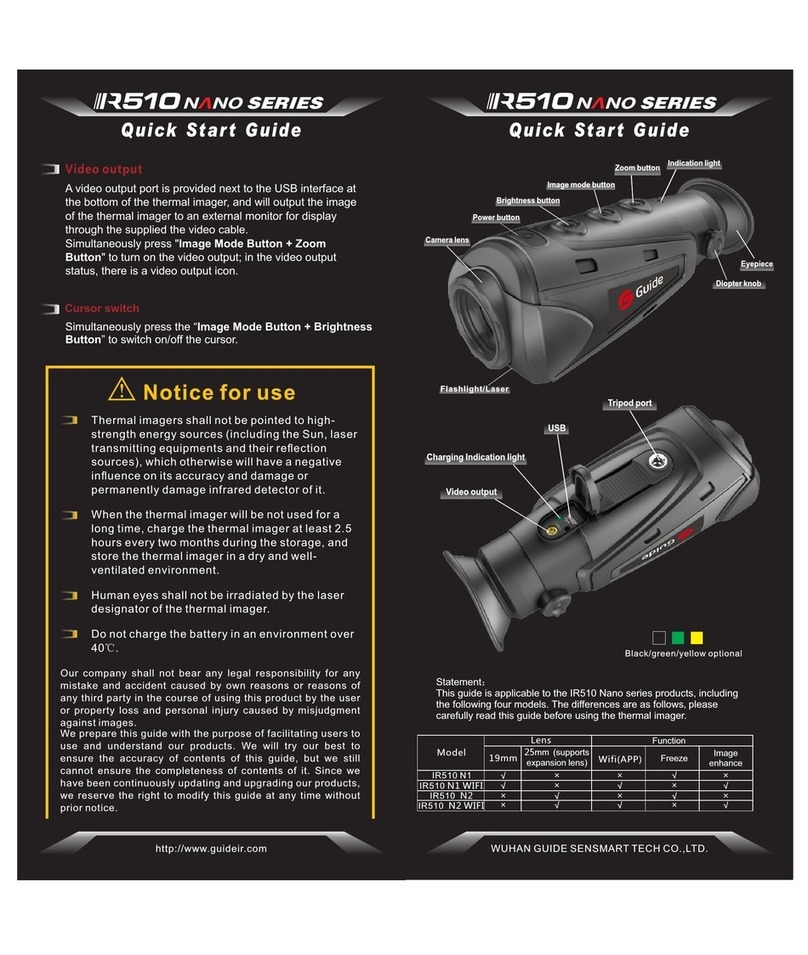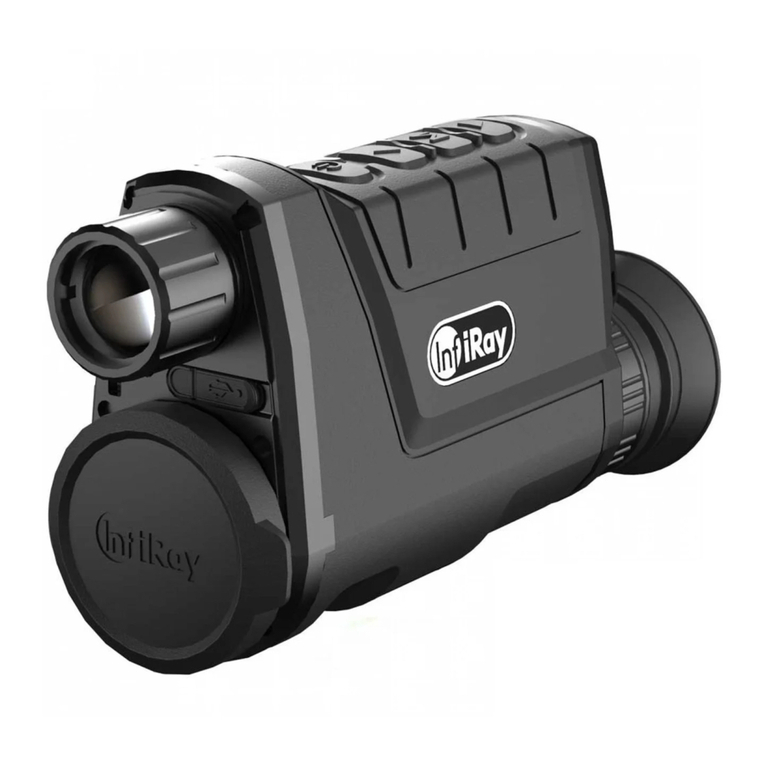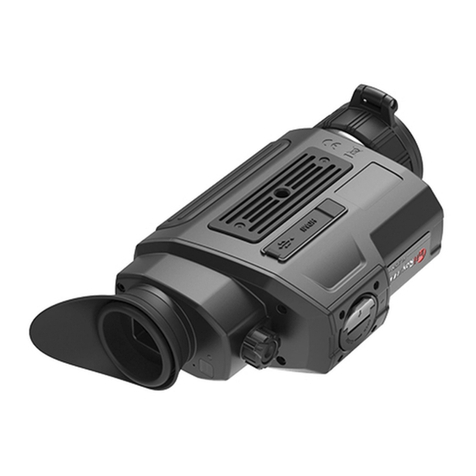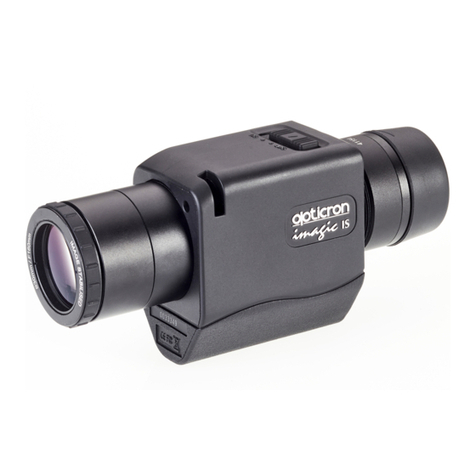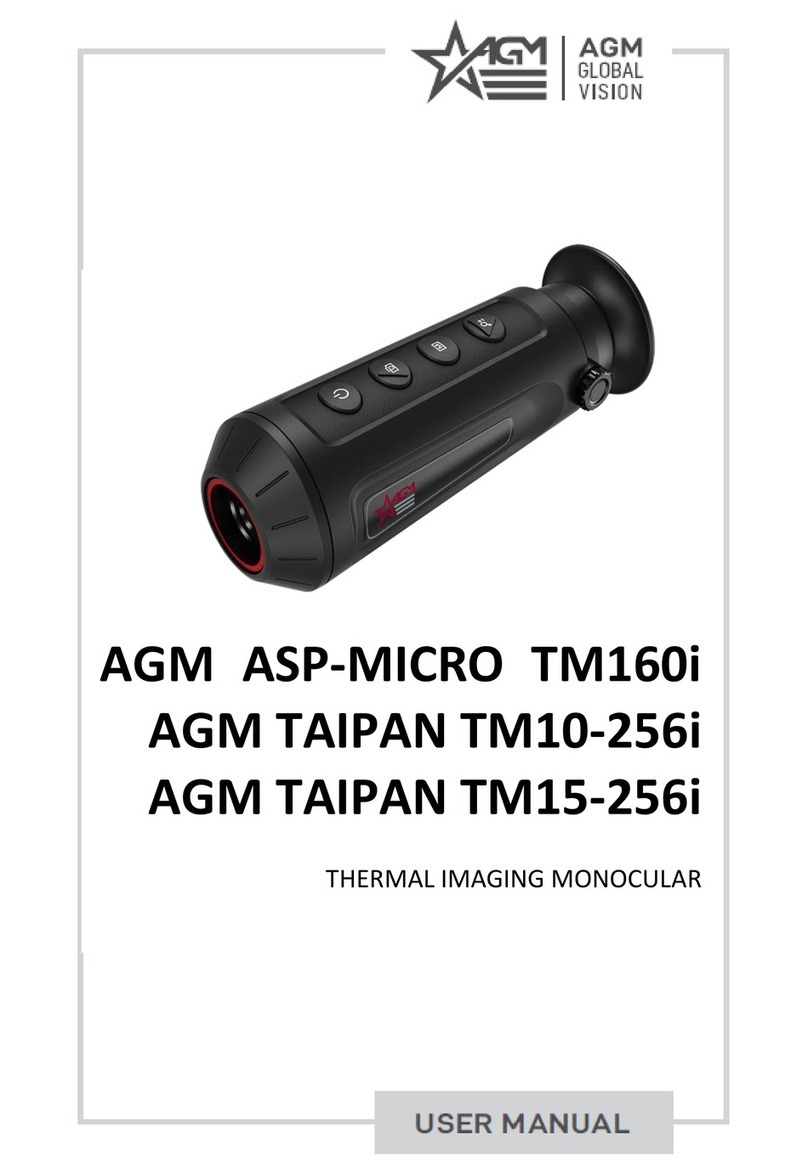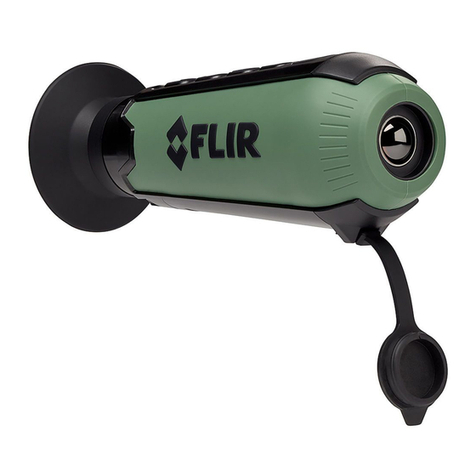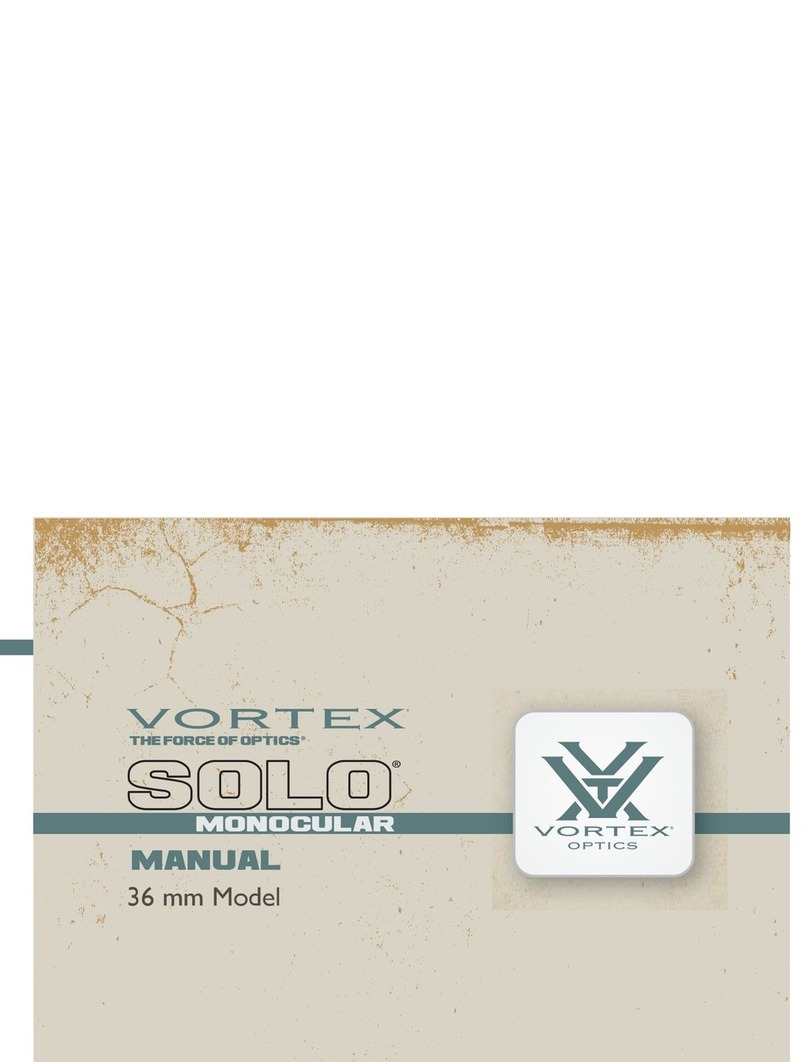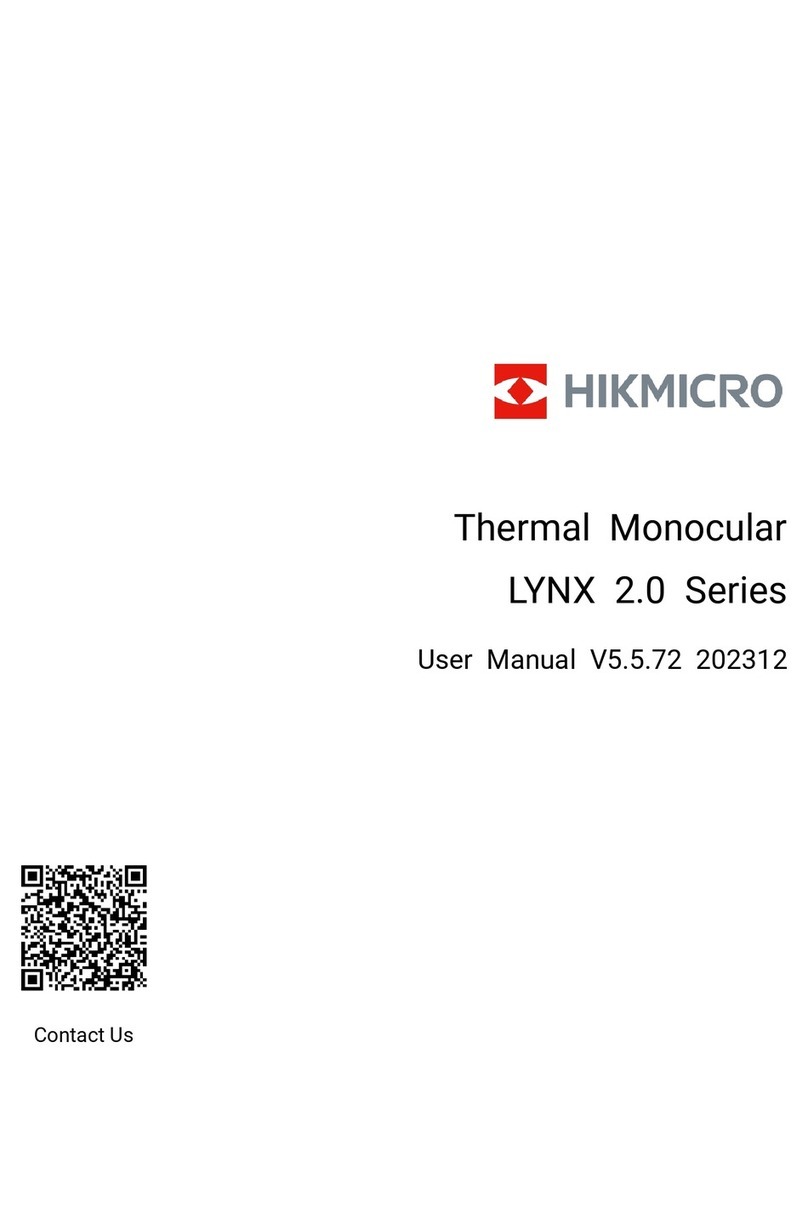Do not charge the battery immediately after you bring it from the cold to the warm. Wait 30
to 40 minutes for it to warm up.
Do not use the charger if it is modified or damaged.
The device should be charged at a temperature of 0°C~+45°C. Otherwise the battery life will
be significantly reduced.
When charging, please don't leave the battery unattended.
Do not expose the battery to high temperature or open flame.
Do not immerse the battery in water.
The battery pack has short circuit protection. But situations that may lead to short
circuits should be avoided.
Do not charge the battery for more than 24 hours after it is already fully charged.
It is not recommended to connect third-party devices that consume more power than allowed.
Do not disassemble or modify the battery pack without professional instructions; Do not
knock or drop the battery pack.
The recommended operating temperature for the device is -20°C~+50°C; Do not use the
device beyond this temperature range, which may shorten the battery life.
When the device is used under sub-zero temperature, the battery capacity drops, which is
normal and does not indicate a defect.
Please keep the battery pack out of the reach of children.
7. External Power Supply
Cabin supports external power supply, such as the portable power source (5V).
Connect the external power supply to the Type-C port of Cabin (4).
The device will automatically switch to the external power supply and charge the internal
battery pack at the same time.
At this time, the battery icon on the display will become a charging icon , and the
power indicator will turn red, and then turn green after the battery is fully charged.
If an external power supply is connected, but no battery pack is installed, the battery icon
